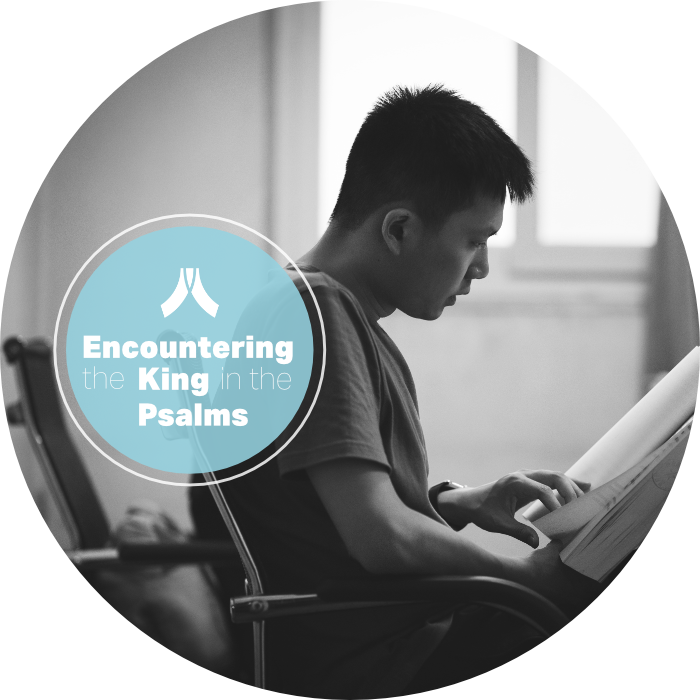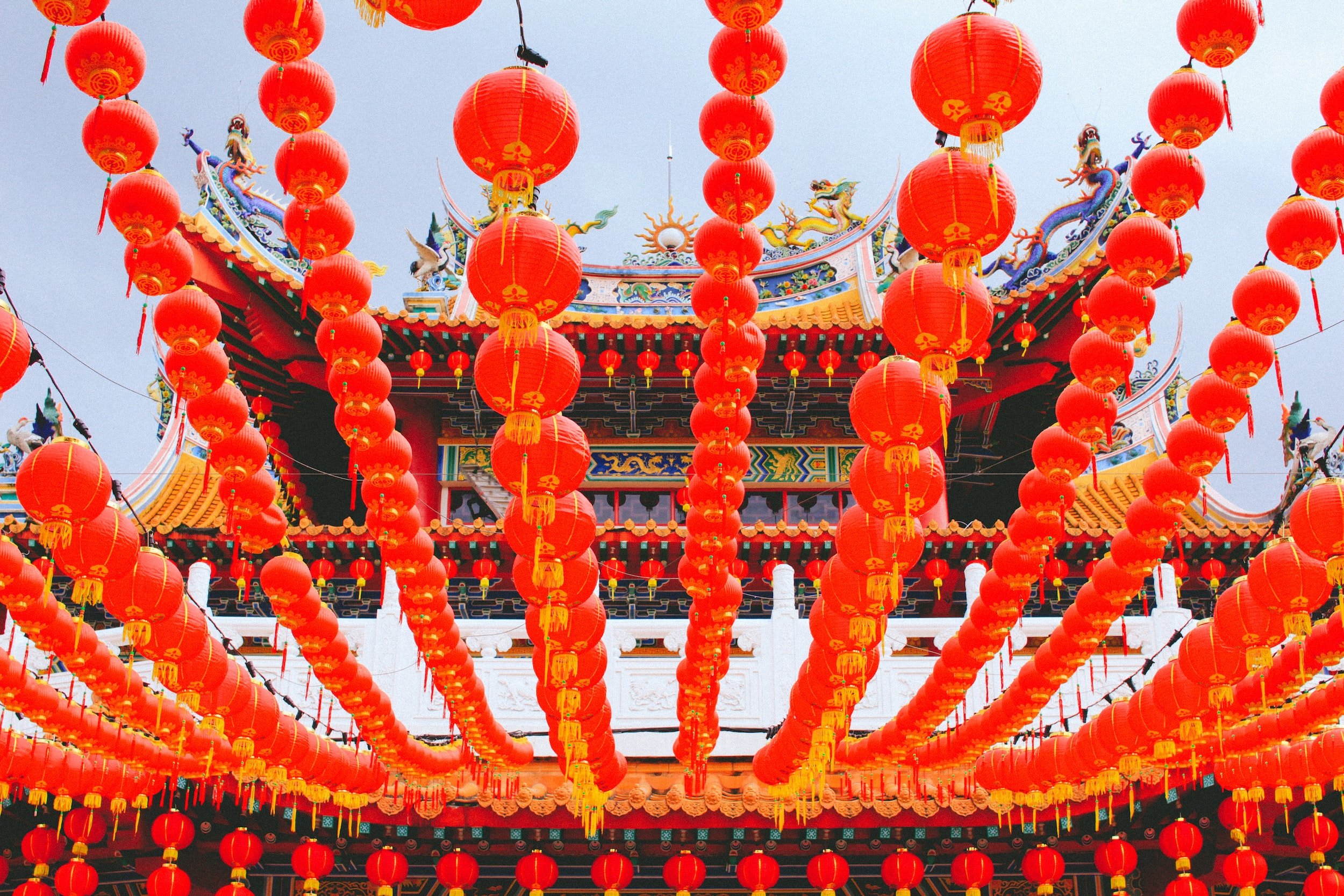
Psalm 95
1 Oh come, let us sing to the Lord;
let us make a joyful noise to the rock of our salvation!
2 Let us come into his presence with thanksgiving;
let us make a joyful noise to him with songs of praise!
3 For the Lord is a great God,
and a great King above all gods.
4 In his hand are the depths of the earth;
the heights of the mountains are his also.
5 The sea is his, for he made it,
and his hands formed the dry land.
6 Oh come, let us worship and bow down;
let us kneel before the Lord, our Maker!
Never miss a story
7 For he is our God,
and we are the people of his pasture,
and the sheep of his hand.
Today, if you hear his voice,
8 do not harden your hearts, as at Meribah,
as on the day at Massah in the wilderness,
9 when your fathers put me to the test
and put me to the proof, though they had seen my work.
10 For forty years I loathed that generation
and said, “They are a people who go astray in their heart,
and they have not known my ways.”
11 Therefore I swore in my wrath,
“They shall not enter my rest.”
This psalm begins with a passionate call for God’s people to sing worship and praise to him. “Oh, come” naturally divides the psalm’s eleven verses into two parts. The first part, vv. 1-5, exhorts people to meditate on who is God and what he accomplishes as a foundation for praise and worship. The second part, vv.6-11, encourages God’s people to praise him because of their covenantal relationship.
>
”“The key reason for worship is to know who God is and what he has done.”
Covenant people should learn from history as they worship and obey God’s Word. (vv. 8-11) Worship and obedience are inseparable. We must stop false worship that does not focus on God’s Word, but is hollow and self-expressive, focused on atmosphere and feeling.
A singing community with God as king and center (vv. 1-5)
What brings us to worship and praise the Lord? People have many reasons. Some come to church because Christians helped them; others have experienced God’s healing; and some have the extraordinary story of coming from death into life. But the key reason for worship is to know who God is and what he has done.
Jehovah God is the main character of worship. In verses 1 and 2, the focus is on salvation and the communal obligation to offer love to the king. In verse 3, the psalmist says God is the object of our singing. He is above all gods. He alone is sovereign over all nations. Praise is dedicated to the Creator (vv. 4-5) because the depths of the earth and the peaks of the mountains are in his hands. We are to worship our Maker, and reject all idols.
Today, we sing of the same God. He has the power to create all things and to overcome all false gods. God is the center of the universe, and he is also the center of our lives. Worship must point to God, not emotions or the worshiper, as the center. In today’s worship scene, many people want to be onstage. Worship has evolved into a talent showcase, instead of worshiping the God who created those talents. Yet this psalm teaches that worshipers are to devote themselves entirely to worship and to live in worship every day. Our great God is worthy of our hearts, lives, and lips. As we open our lips, we praise his greatness and faithfulness. As we bow down, we express humility before him.
A singing community centers its worship on covenant relationship and the Word (v6-11)
In verse 6, the psalmist asks us to worship, bow down, and kneel before our Maker. He is clearly pointing out this is the great, transcendent God who created the universe – but he is also the God who has relationship with our community. Obedience must have concrete form in daily life, not just praise on the lips. How do we interpret this relationship?
First, we look to the story of deliverance from Egypt.
Moses led this redeemed group in praise on the shores of the Red Sea after the Exodus: “I will sing to the Lord, for he has triumphed gloriously….this is my God, and I will praise him.”
Second, salvation is the foundation of our worship and praise.
Our relationship with God is a covenant: “He is our God, and we are the people of his pasture.” (v. 7) This brings us back to the picture of God’s covenant with his people in Exodus 19:5-6: “If you will indeed obey my voice and keep my covenant, you shall be my treasured possession among all peoples…a kingdom of priests.”
>
”“Covenant worship is closely connected to the word of God.”
We do not worship out of our own ability, interest, or mood. Instead, we are under God’s care. His hand has always been a mighty hand of salvation. Worship is based on our redemptive, covenantal relationship with him. In his sovereignty, God chose Israel. Today, we are God’s people because of Jesus, who became the slain Passover lamb. Because of Christ’s sacrifice, we actively respond with praise, and must keep our part of the covenant.
In the ancient Near East, when two states made a covenant, both parties were to keep the contract. The dominant state promised to protect and treat the vassal state with kindness. The vassal state pledged loyalty, and accepted punishment if it broke the covenant. This is the covenant concept of the people of the worshiping community, who live according to the words of the covenant. Covenant worship is closely connected to the word of God.
Third, we must learn from history to prevent the hardening of our hearts, and to actively listen to and obey God’s word.
The psalmist uses history to teach his readers, so they will not repeat history. He urges them not to harden their hearts, not to disobey God and destroy their relationship. The psalmist begs them to listen to him and obey God today, as opposed to the earlier Israelites. (v. 7-8) He recounts the incident at Meribah, when the Israelites were on their way to Mount Sinai. When they found no water, they complained to Moses, almost stoning him to death. It seemed they completely forgot God’s many works: his provision of manna and quails, the signs and wonders by which he led them out of Egypt, the parting of the Red Sea and overthrow of Pharaoh and his army, and his guidance through the pillar of cloud by day and of fire by night. By their complaints and violence, the Israelites showed they did not believe in God or his goodness.
The psalmist also quotes from the book of Numbers, recounting how a generation of Israelites were unable to enter the Promised Land. He reminds the congregation to trust and obey the Lord, and keep his word in their hearts. He urges them to be warned by the rebellion of previous generations, to hold tightly to the grace of the covenant. He longs for them to be unified with God.
>
”“We also need to trust in God and hope in him for our true rest… we must return to the Lord of the Sabbath for our rest. In this Lord of rest, we find a deeper hope: the rest found in the new heavens and the new earth.”
History reminds us:
1) A crisis of need is a crisis of faith.
In crises of faith, we can pour out our hearts and difficulties to the Creator God in prayer. Yet we must not test God, murmur, or be unbelieving. If we do, we will repeat the story of the Israelites who went “astray in their hearts” and were unable to enter God’s rest.
2) Heart-hardening is a gradual process.
God’s people began by complaining against God and other humans. Then they ignored God’s words through Moses, were discontent, and they chose to disobey the word they were given. Pay attention to your every desire and action.
3) Preventing a hardened heart.
The book of Hebrews quotes this psalm: “Take care, brothers, lest there be in any of you an evil, unbelieving heart, leading you to fall away from the living God.” Scripture teaches us to keep our ears open to receive God’s words with a humble heart. We are to pay attention to his works in the Bible and in history, to replace rebellion with thankfulness, and to worship and sing instead of nurturing discontent. We are to keep a soft heart before God.
We also need to trust in God and hope in him for our true rest. We must not follow Israel, who did not receive God’s rest in the Promised Land or in the days of David. Instead, we must return to the Lord of the Sabbath for our rest. In this Lord of rest, we find a deeper hope: the rest found in the new heavens and the new earth.
PRAYER
O living God, our song, our strength, and our great God, you created the heavens and the earth, and keep covenants and loves. You alone have absolute power, holiness, and perfect righteousness. You alone are pleased with our praise through your beloved Son.
Lord, open Chinese hearts to know you alone are the Creator, and to know your Son, Jesus Christ. May they turn from worshipping created things, whether they be political leaders, the stars of heaven, things on earth, or invisible idols: fame, fortune, health, affirmation, or acceptance. May God’s people in secularized China hold to faithfulness and offer their loyalty to God.

We are using the Psalms to guide our prayers for China
In 2022, our prayer movement is turning to the scriptural prayers found in the Psalms as we pray for the Chinese church. When you join our prayer movement, you will receive weekly prayer emails and a monthly newsletter so that you too can pray for our brothers and sisters in China.


































